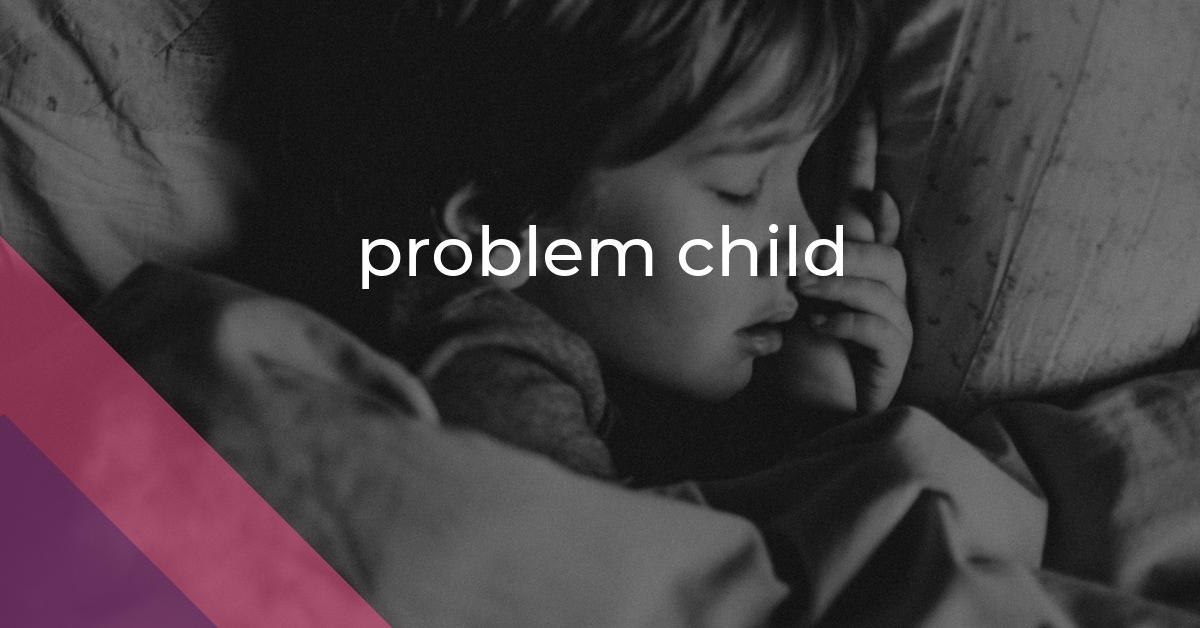problem child: Idiom Meaning and Origin
What does ‘problem child’ mean?
The idiom "problem child" refers to a person or thing that consistently causes difficulties or trouble.

Idiom Explorer
The idiom "second childhood" refers to a period in a person's life when they exhibit childlike behavior and interests, often due to old age or illness.
The idiom "running target" refers to a situation where someone or something is constantly changing or moving, making it difficult to reach or achieve. It often implies a challenging and dynamic situation that requires continuous effort and adaptation.
The idiom *rough patch* refers to a difficult or challenging period of time in someone's life or a situation. It implies that things are not going well and there are obstacles or problems to overcome.
An idiom often used to describe a person who is disliked or considered bad, with negative qualities or behavior.
The idiom "root cause" refers to the underlying reason or source of a problem or issue. It signifies the fundamental cause that leads to the occurrence of something, often requiring a thorough investigation to identify and address.
The idiom "rod in pickle" means being in a difficult or troublesome situation, often due to one's own actions or choices.
The idiom "red flag" refers to a warning sign or indicator of a problem or potential danger.
The idiom "poor little rich girl" refers to a young woman who is wealthy but feels unhappy or dissatisfied because of the privileges and material possessions she has. Despite her financial advantages, she may face challenges or emotional difficulties that money cannot solve.
FAIL
"Problem child" is a commonly used expression in the English language that can be traced back to the field of child psychology. It is often used to describe a person, especially a child, who consistently demonstrates troublesome or challenging behavior. This can include being disobedient, disruptive, or difficult to manage. The term "problem child" is used to emphasize the persistent nature of these behavioral issues. The idiom can also be applied to entities beyond individuals, such as organizations or projects, that consistently cause difficulties or complications. This broader usage highlights the adaptability of the phrase. "piece of work" is a related idiom that can be used to describe a problem child. It conveys a sense of complexity and difficulty in dealing with the individual or situation at hand. Similarly, "rotten egg" is another related idiom that can be used to describe a problem child. It suggests that the person in question has negative qualities or traits that make them challenging to interact with. The idiom "problem child" has become ingrained in popular culture through mediums like literature, television, and film. It often features memorable characters who embody the troubled or rebellious child archetype. These characters create conflict and tension within the narrative. This widespread usage in popular culture has contributed to the familiarity and understanding of the idiom. In everyday language, people use the idiom "problem child" to express frustration or dissatisfaction with a person or situation that consistently poses difficulties. Its accessibility and ease of understanding have made it a popular choice for conveying such sentiments. However, it is crucial to approach situations involving problem children with empathy, understanding, and support rather than judgment or dismissal. The idiom can perpetuate negative stereotypes and stigmatization of individuals who exhibit challenging behavior. Ultimately, the idiom "problem child" reflects the complexities of human behavior and the challenges that arise when dealing with consistently disruptive individuals or situations. Through its extensive usage in various contexts, this idiom has become a valuable tool for communication, conveying a wealth of meaning with just two simple words.
Example usage
Examples of how the idiom "problem child" can be used in a sentence:
1. Sarah's younger brother is always causing trouble at home and at school. He is definitely a problem child.
2. The new employee has been causing disruptions and conflicts in the workplace. The manager referred to him as a problem child.
3. Despite the teacher's efforts, the student continued to struggle academically and affect the performance of the entire class. The teacher described the student as a problem child.
More "Parenting" idioms



